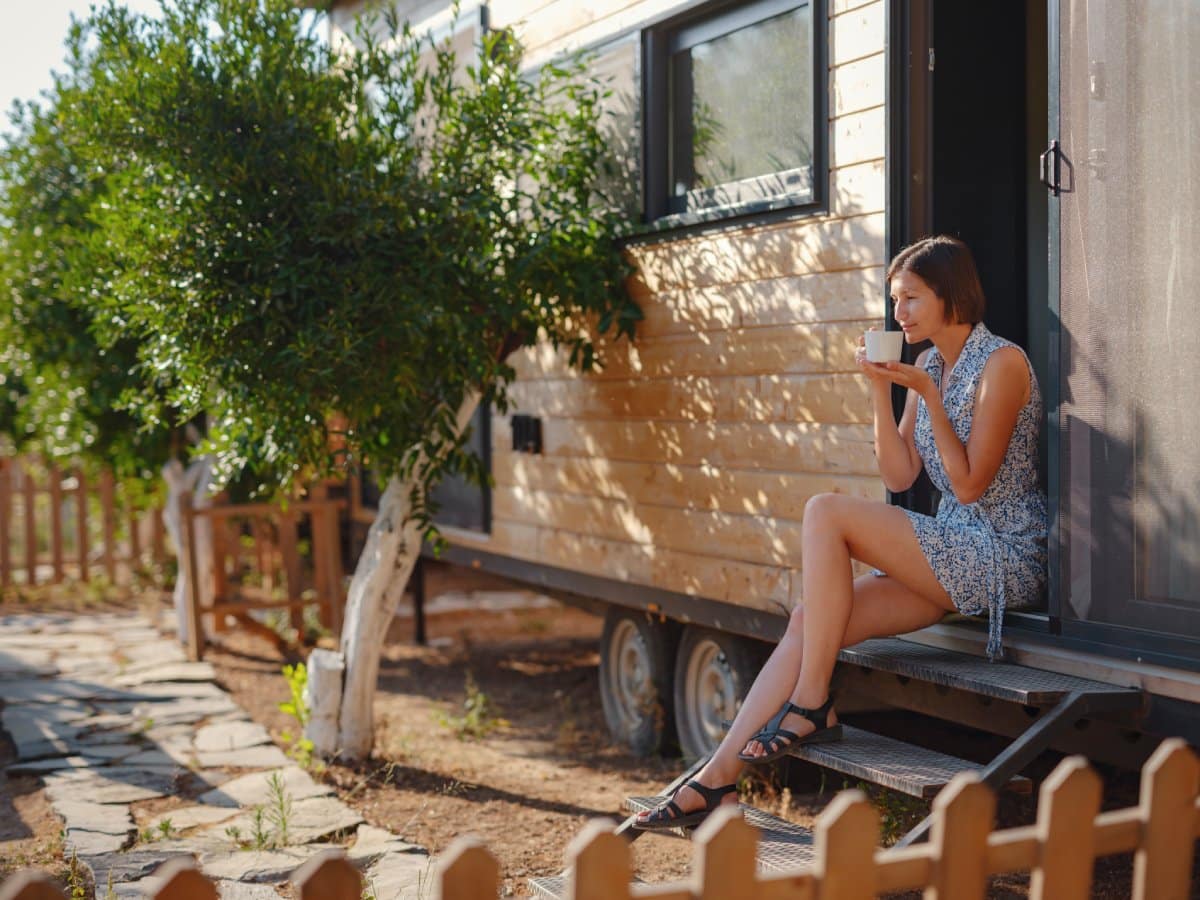In an era marked by excess and consumption, the tiny house movement has emerged as a beacon of simplicity, sustainability, and mindful living. These pint-sized dwellings, typically ranging from 100 to 400 square feet in size, offer an alternative to the traditional notion of homeownership, challenging the prevailing belief that bigger is always better. Let’s delve into the world of tiny houses, exploring their appeal, benefits, and the larger cultural shift towards embracing simplicity.
Understanding the Tiny House Phenomenon

The tiny house movement, which gained momentum in the early 2000s, is a response to various social, economic, and environmental factors. Rising housing costs, stagnant wages, and increasing awareness of environmental issues have prompted many individuals and families to reconsider their housing choices and prioritize simplicity, affordability, and sustainability.
Breaking Down the Numbers: How Small is “Tiny”?

Tiny houses come in various shapes, sizes, and designs, but they typically range from 100 to 400 square feet in size, with some models even smaller. To put this into perspective, the average size of a new single-family home in the United States is around 2,500 square feet, making tiny houses a fraction of the size of conventional homes.
The Appeal of Tiny Living

Despite their diminutive size, tiny houses offer numerous advantages that appeal to a diverse range of individuals and lifestyles.
Affordability
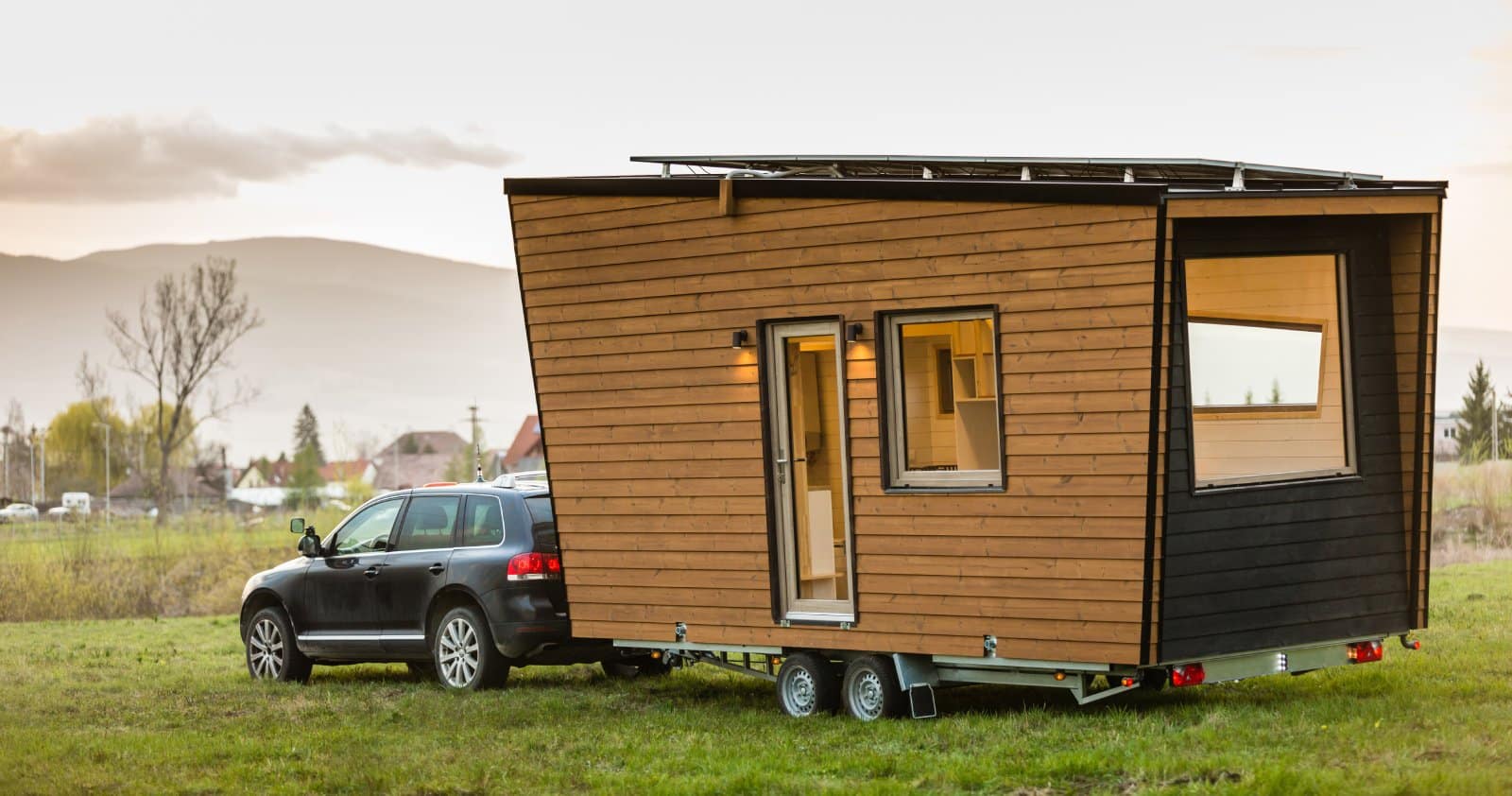
Tiny houses are significantly cheaper to build, maintain, and operate compared to traditional homes, making homeownership more attainable for individuals and families on a budget.
Sustainability

With their smaller footprint and emphasis on energy efficiency and resource conservation, tiny houses are inherently more environmentally friendly than larger homes, reducing carbon emissions and ecological impact.
Simplicity

Living in a tiny house forces occupants to declutter, downsize, and prioritize the essentials, leading to a simpler, more minimalist lifestyle with fewer material possessions and financial obligations.
Mobility: Many tiny houses are built on wheels or trailers, allowing owners to easily relocate and adapt to changing circumstances, whether it’s moving for work, travel, or simply exploring new opportunities.
Customization

Despite their small size, tiny houses can be customized to suit individual needs, preferences, and lifestyles, with clever design solutions and space-saving features maximizing functionality and comfort.
Challenging the Status Quo: Rethinking the American Dream
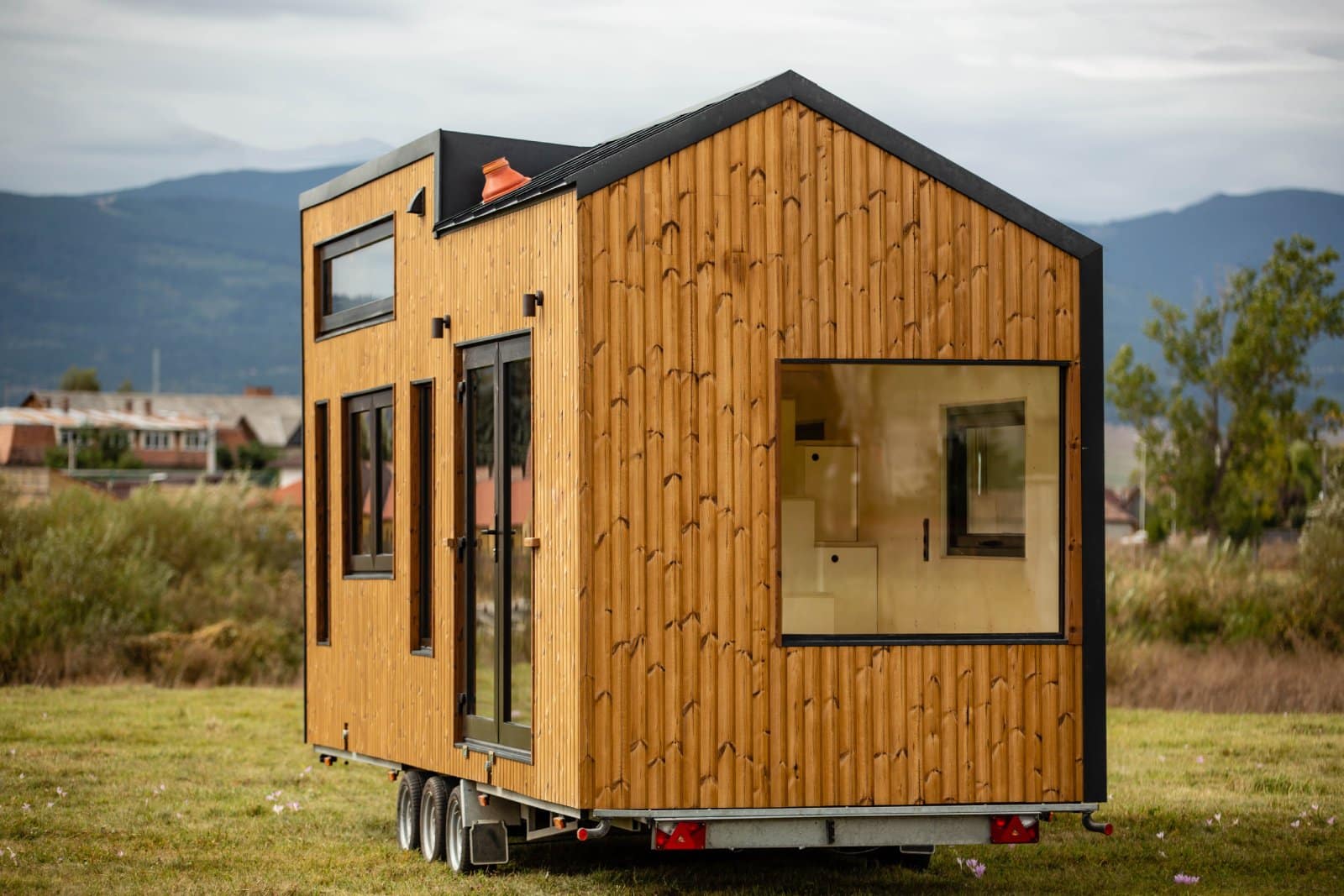
The rise of the tiny house movement reflects a broader cultural shift towards redefining the American dream and questioning the traditional notion of homeownership. For decades, bigger homes have been synonymous with success, status, and achievement, driving a relentless pursuit of larger living spaces and material possessions. However, this obsession with size and excess has come at a cost, leading to financial strain, environmental degradation, and diminished well-being for many.
Reimagining the Meaning of Home

Tiny houses offer a compelling alternative to the mainstream housing market, challenging the notion that more space equals more happiness and fulfillment. By prioritizing quality over quantity, experiences over possessions, and community over isolation, tiny house dwellers are reimagining the meaning of home and embracing a simpler, more sustainable way of life.
How Much Space Do We Really Need?

Studies have shown that the average American home has nearly tripled in size over the past 50 years, despite shrinking household sizes and changing lifestyles. Surprisingly, research suggests that the amount of space we actually need to live comfortably may be much smaller than commonly assumed. According to a study published in the Journal of Environmental Psychology, people tend to overestimate their space requirements, with many individuals and families living in homes larger than necessary.
Benefits of Downsizing

Downsizing to a smaller home allows for a more streamlined and simplified lifestyle, reducing clutter and stress while increasing focus on what truly matters.
Financial Freedom
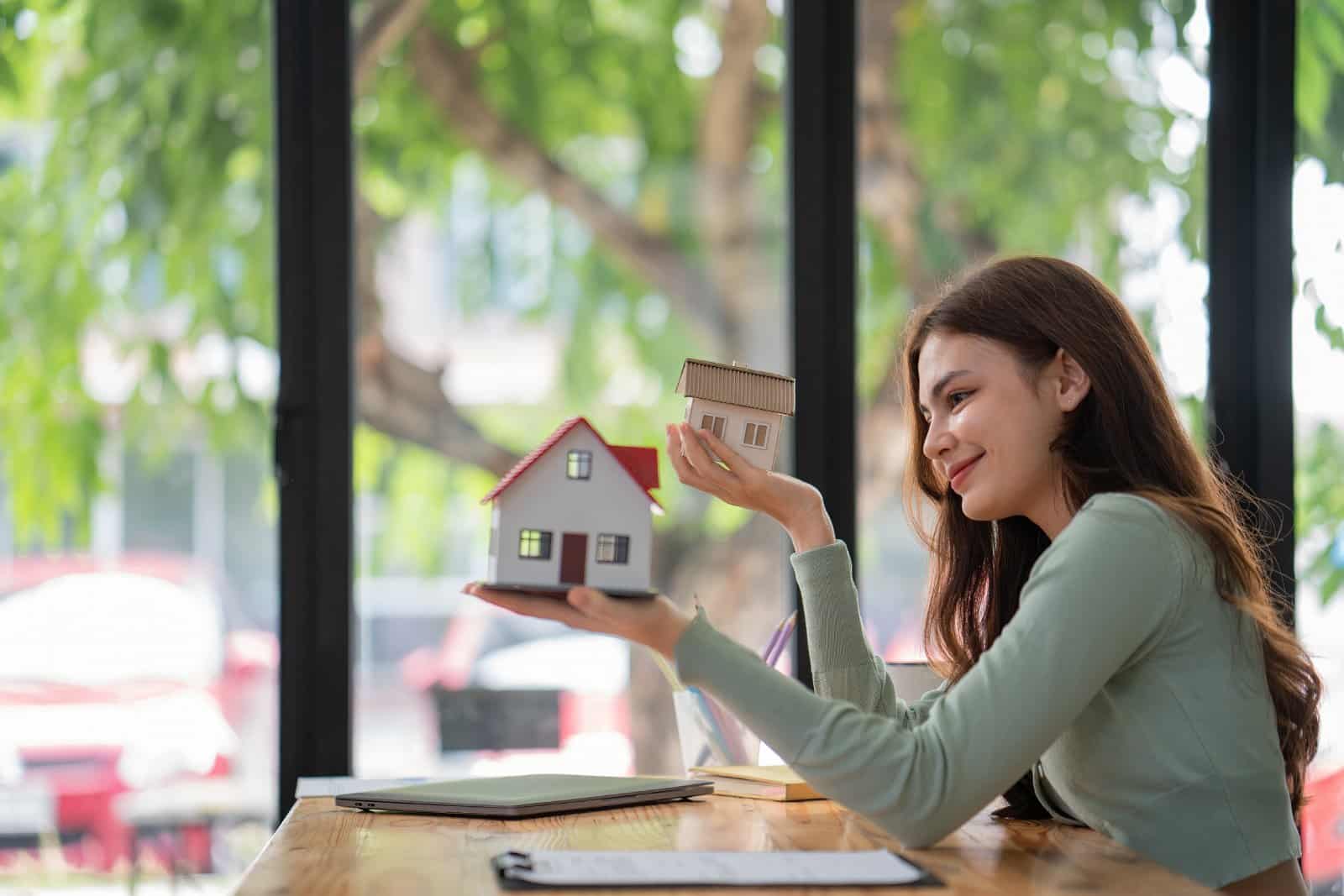
By downsizing to a smaller home, individuals and families can significantly reduce housing-related expenses, freeing up resources for other priorities such as travel, education, and experiences.
Environmental Impact

Smaller homes consume fewer resources, produce less waste, and have a smaller carbon footprint compared to larger homes, making them more environmentally sustainable and eco-friendly.
Quality of Life

Living in a smaller space encourages people to prioritize experiences, relationships, and personal growth over material possessions, leading to greater fulfillment, satisfaction, and well-being.
The Future of Housing: Trends and Projections
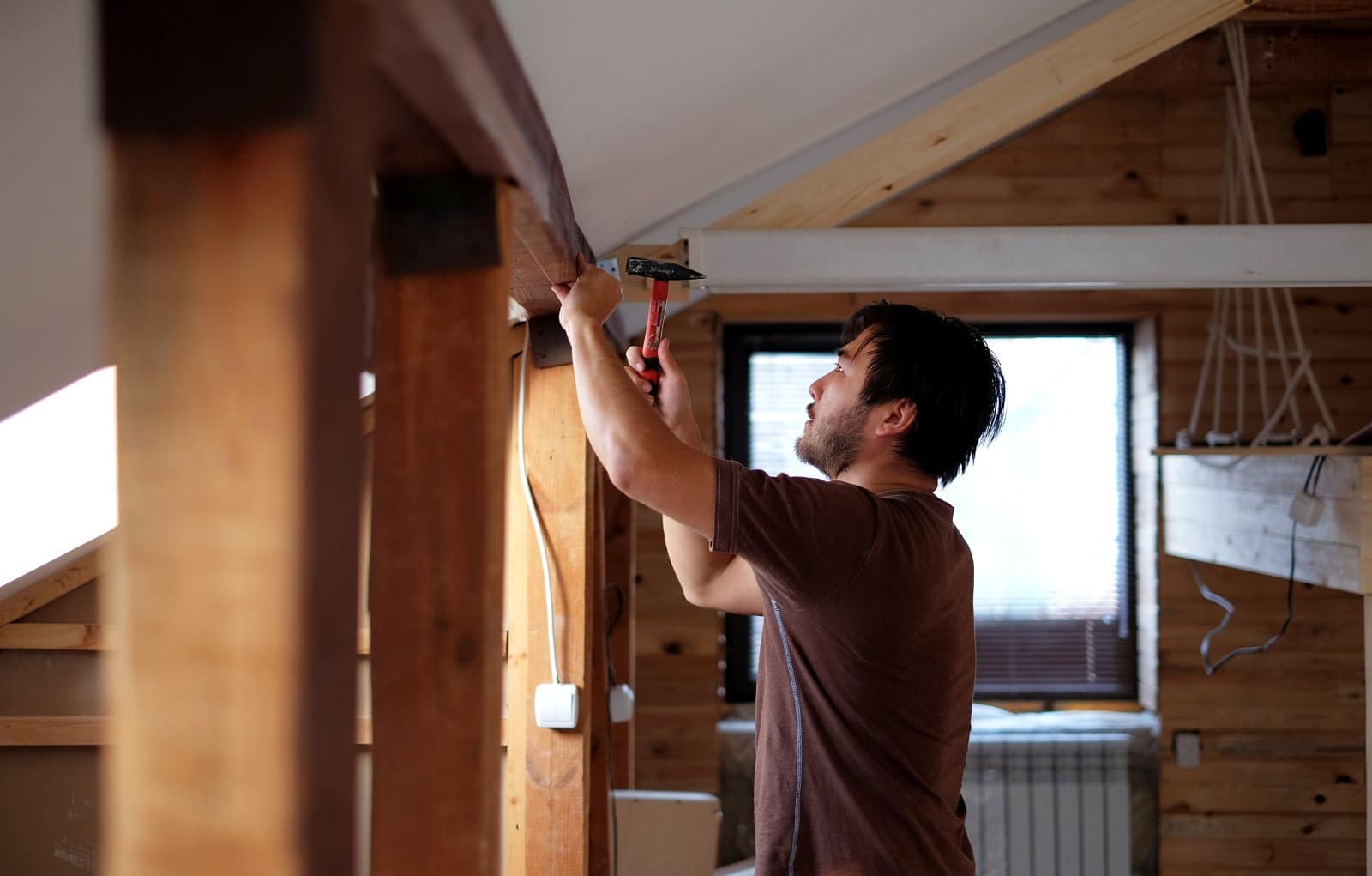
As housing costs continue to rise, urbanization accelerates, and environmental concerns intensify, the tiny house movement is poised to become an increasingly prominent and influential force in the housing market. With growing demand for affordable, sustainable, and flexible housing solutions, tiny houses offer a viable alternative to traditional homes, providing a path towards simpler, more intentional living in an increasingly complex world.
Embracing the Tiny House Lifestyle

By embracing simplicity, sustainability, and mindful living, tiny house dwellers are redefining the meaning of home and discovering the joys of living with less. Whether it’s reducing financial burdens, minimizing environmental impact, or prioritizing experiences over possessions, the tiny house lifestyle offers a compelling vision for a more fulfilling and sustainable future.
The post Embracing Simplicity: Discovering the Joys of the Tiny House Trend first appeared on Mama Say What?!
Featured Image Credit: Shutterstock / U__Photo.
For transparency, this content was partly developed with AI assistance and carefully curated by an experienced editor to be informative and ensure accuracy.

